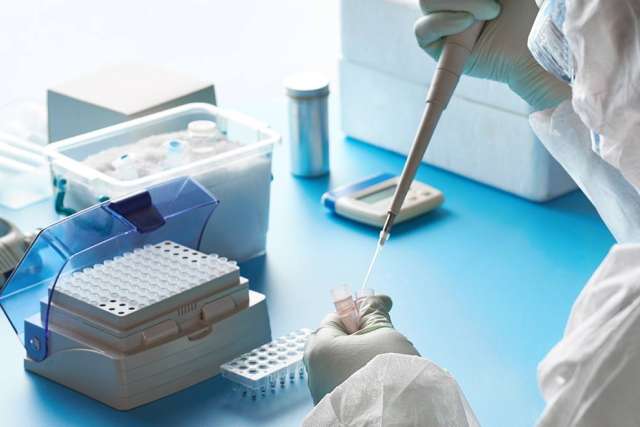Since President Donald Trump’s recent COVID-19 diagnosis, new terms have surfaced online and in the news that may be tough to understand. To help make sense of these words and phrases, we spoke with three UCLA Health experts: Pathologist Shangxin Yang, PhD.; Timothy Brewer, MD, MPH, professor in the division of infectious diseases at the David Geffen School of Medicine at UCLA; and Otto Yang, MD, professor of medicine in the infectious diseases division at the school of medicine.
What defines a hot spot?
Dr. Brewer: A "hot spot" refers to a location with an increasing or higher number of cases caused by an infectious disease than other locations. What makes a place a hot spot depends in part on what the comparison is.
New York City was a coronavirus hot spot in March and April. Los Angeles was one in June and July. Washington, D.C., would not be considered a hot spot compared with Los Angeles or many other cities in the US — but would be a hot spot when compared with many cities in Europe or Asia, where the case rate per 100,000 residents is lower.
While some have referred to the White House as a hot spot, it doesn’t technically qualify.
Who are super-spreaders and what is a super-spreader event?
Dr. Otto Yang: This is a person who infects many other people in a short amount of time. It's not clear exactly why this happens, but it's probably a combination of factors including biology (the person producing a particularly large amount of virus) and behavior (engaging in activities that expose a lot of people).
Dr. Brewer: Typically, a “super-spreader” is someone who infects six or more other people.
A "super-spreader event" is an event where numerous infections occurred. It may turn out that the White House announcement of Judge Amy Coney Barrett's nomination was a super-spreading event.
How is being in isolation different than being in quarantine?
Dr. Otto Yang: Isolation is when a person has a known infection and is being kept separated from other people until not contagious. Quarantine is when a person has suspected or possible infection and is being kept separated from other people until it is clear that they don't have it (or have it and then are put in isolation).
- Isolation separates sick people with a contagious disease from people who are not sick.
- Quarantine separates and restricts the movement of people who were exposed to a contagious disease to see if they become sick.
What is dexamethasone? How is it used and how available is it?
Dr. Otto Yang: Dexamethasone is a catabolic steroid, not to be confused with anabolic steroids used for performance enhancement in bodybuilding, athletics, etc. Catabolic steroids generally work by acting on certain immune cells that cause inflammation.
Along with other catabolic steroids used to treat various inflammatory conditions, dexamethasone is widely available. As a COVID-19 treatment, it’s given to patients with severe disease (i.e. those who have inflammation in the lungs manifesting as a need for supplemental oxygen).
Dr. Brewer: Dexamethasone is available by prescription and can be given by mouth (orally), through a vein (intravenous) or as an injection (intramuscular).
What is a monoclonal antibody drug cocktail?
Dr. Brewer: Monoclonal antibodies are a specific type of antibody usually made in the laboratory — as opposed to naturally occurring antibodies that develop after someone has been sick and recovered. Monoclonal means that all the antibodies are derived from the same immune cell or laboratory process so that they are all identical.
An antibody drug cocktail is a treatment that includes two or more different antibodies in the therapy.
Dr. Shangxin Yang: The novel coronavirus uses a protein “spike” to bind to receptors on human cells and invade them. To combat the virus, two monoclonal antibodies target two different regions in the receptor binding domain of the spike protein – this means that each antibody can bind to a different area of the protein to block the virus from infecting human cells.
The case for using the cocktail is to prevent drug resistance, since the virus can easily mutate one target region and avoid being neutralized. Having two antibodies greatly reduces the chance of resistance and enhances the treatment’s efficacy.





